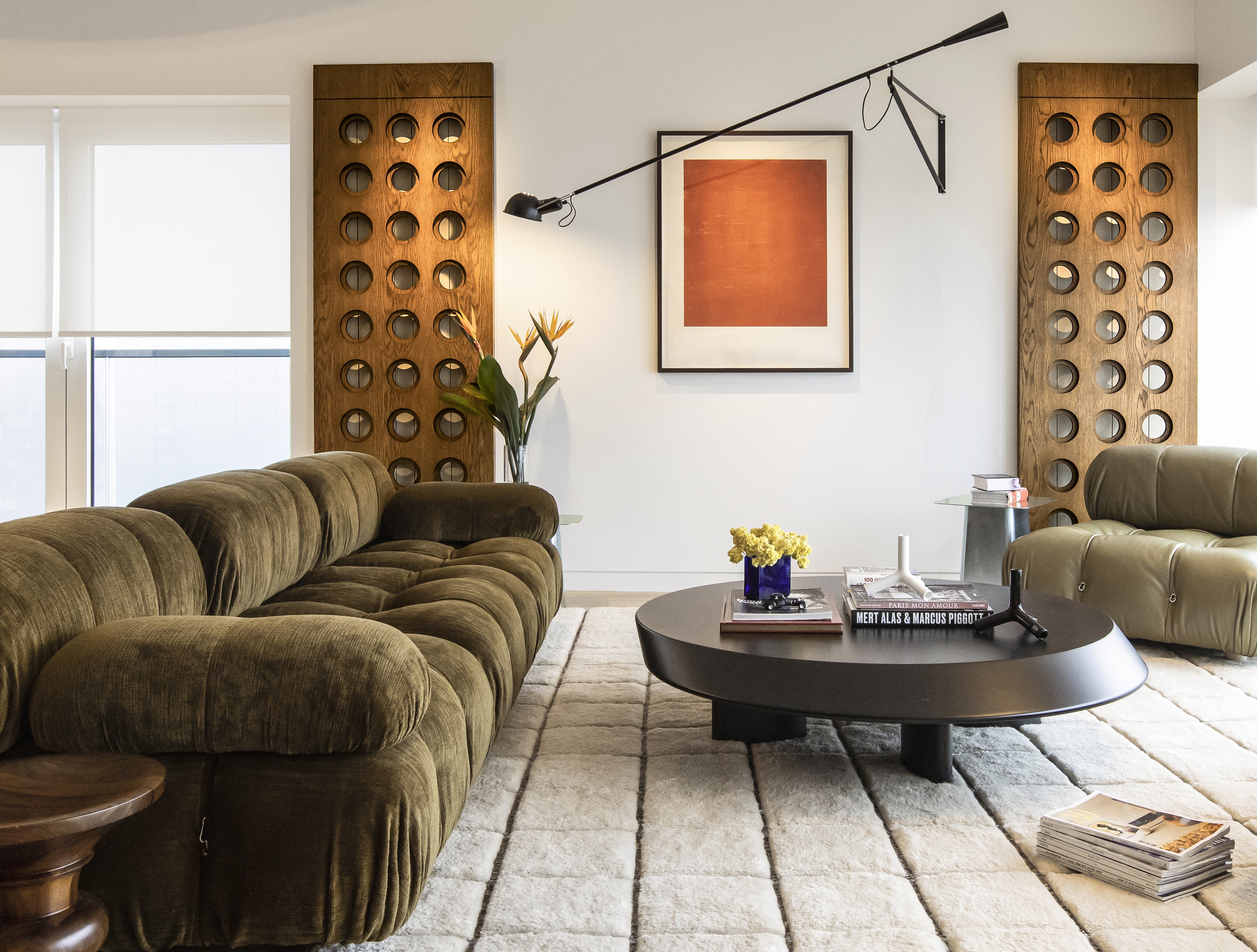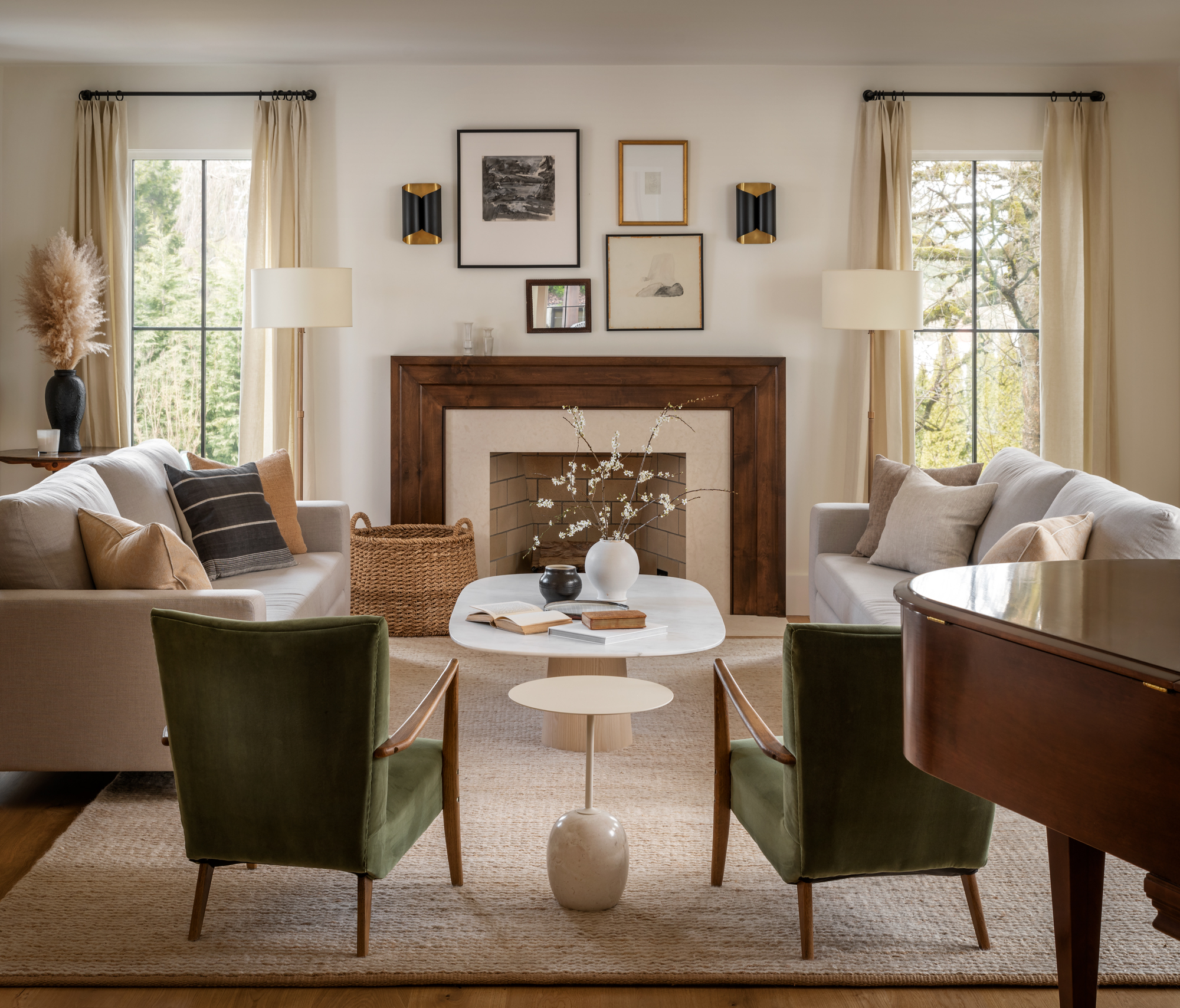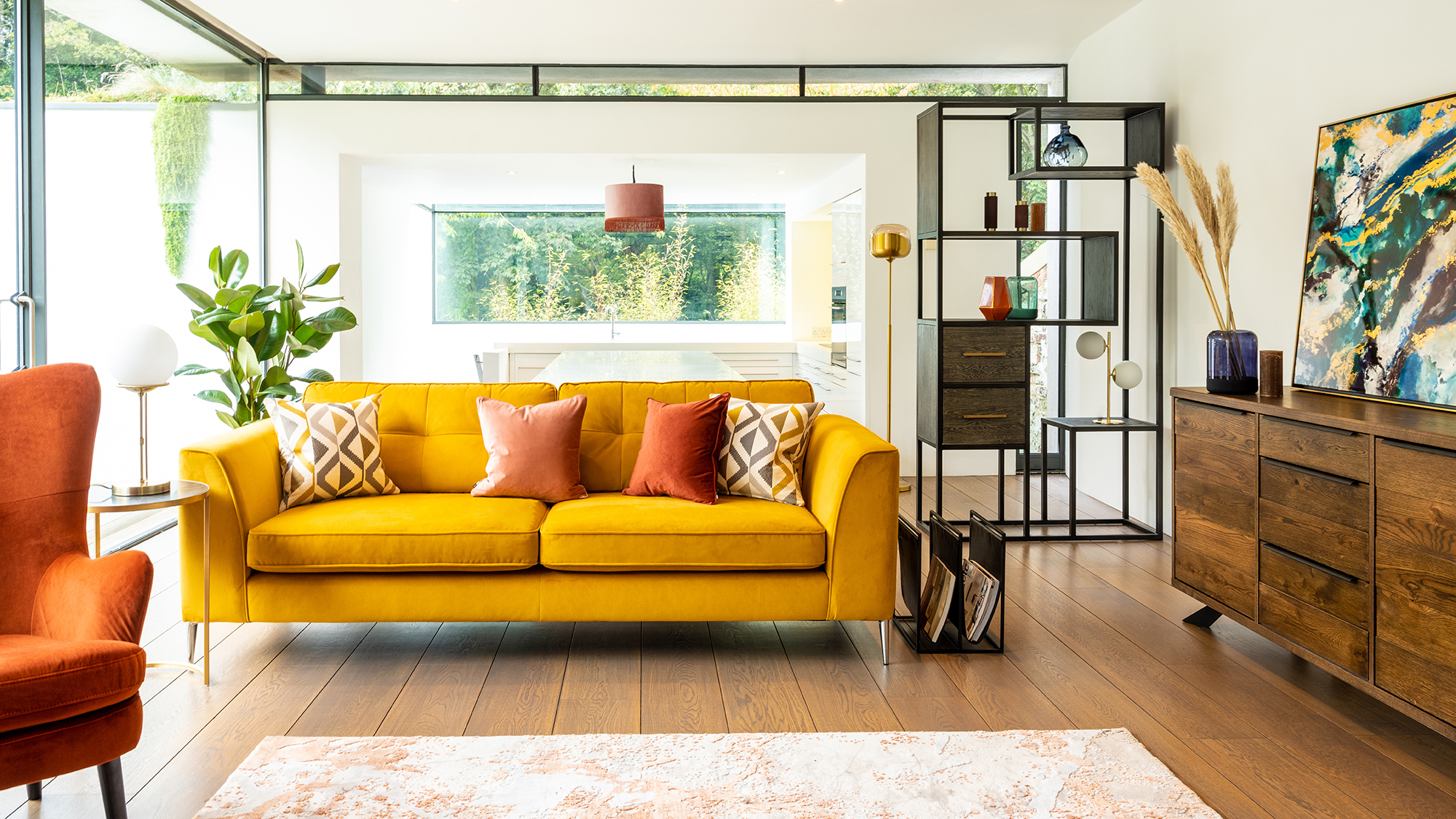
There isn’t a sofa vs couch distinction for the huge numbers of us who switch freely between the two names, but for interior designers (along with students of history) there are actually identifiable differences.
The reason it matters is that when you’re shopping for the best sofa, what you might really be looking for is the best couch. Knowing what distinguishes the two — including style, materials and how it feels to sit on — can help you make the best choice from among the multitude of living room sofa ideas.
Even if your retailer uses the two words interchangeably, understanding the distinction between couches and sofas will help you find the best option for your room. These are the need-to-know details that distinguish the two styles.
Sofa vs Couch — How to Tell the Difference
1. Arms

Historically speaking, a significant difference between a sofa vs couch is whether the piece of furniture has arms.
“'Couch' was used to describe a piece of furniture with no arms that was meant for lying down, whereas a sofa was generally thought of as an upholstered seat with arms and back,” explains Olma Fuentes, principal and founder of Deni + Dove Interiors.
2. Formality

Nowadays, the main difference between a sofa vs couch is based on the level of formality of the seating.
“Today, it’s probably best to use ‘sofa’ to reference large seating pieces used in the more formal rooms of a home, while a ‘couch’ is best for describing a casual, comfortable seating arrangement that is meant for lounging or sprawling out,” says Olma.
3. Design and Shape

But there's further nuance when it comes to the design and shape of a sofa vs couch. “Traditionally, a sofa is more structured,” says Colleen Bennett of CBB Designs. “It typically has a more tailored look with clean lines, often featuring full backs and arms.
“Sofas tend to have a symmetrical design, with uniform height along the back and arms,” she adds. “They’re often longer, built for multiple people to sit side by side.”
Couches have a slightly different look and feel — and often continue the historic tradition of being designed without arms. “Couches often have softer, rounded shapes and may not always have armrests,” continues Colleen. “Couches can come in more varied shapes, including less structured and asymmetrical designs. They're often shorter than sofas, and some may even be armless or have low backs.”
4. Size

We’ve mentioned size differences already, but what are the details when it comes to the proportions of sofas vs couches?
“Sofas dimensions tend to be more standard, designed for seating,” says Colleen. “Generally they’re wider than couches, averaging 84 to 96 inches long, designed to comfortably seat three or more people. Seat depth is usually shallower, ranging from 20 to 24 inches, to encourage upright sitting. Back height is typically higher (30 to 36 inches), offering more structured support.
“Couches, in contrast, are often more compact and designed for lounging," she continues. "Couches are often shorter, around 60 to 84 inches, making them suitable for smaller spaces. Deeper seating (around 24 to 30 inches) allows for a more relaxed sitting or reclining position. The back height of couches tends to be lower (28 to 32 inches), contributing to their casual design.”
5. Construction, fillings, and upholstery

There are typically differences between a sofa and a couch in regards to the way they are constructed, the cushion fillings, and the upholstery choices.
“Sofas are typically built with a sturdy frame, often using wood or metal,” says Colleen. “They tend to have more structure, with solid or spring foundations that offer firmer seating. Sofas often use foam or high density fiber cushions for a firm, supportive feel, designed to maintain shape over time. They are frequently upholstered in high quality, durable materials like leather sofas, tweed, or linen sofas, offering a more formal and polished appearance."
“Couches are usually designed with more flexibility and comfort in mind,” she continues. “They may have softer frames and looser constructions to accommodate lounging. They often use softer fillings, like down or fiberfill, making them feel less rigid and more cushy for relaxation. Couches are often upholstered in fabrics that emphasize comfort, like soft cotton, microfiber, or plush textiles, and may include loose or slipcover options for a casual feel.”
When it comes to interior experts, there are, in fact, differences between sofas vs couches. “Sofas tend to be more formal, structured, and larger, with firmer cushions and more upright seating, while couches are more casual, softer, and may feature deeper seats and lower backs for a more relaxed experience,” sums up Colleen.
It's important to note, though, that when shopping, the terms are not always used correctly. “Many manufacturers use the terms interchangeably, with varying styles, sizes, and upholstery options available for both,” says Colleen.
However, it’s still worth appreciating the detail so you can compare proportions, materials, and how the furniture is designed to be used to ensure your choice is one you’ll be delighted with.
FAQs
Do Americans say couch instead of sofa?
In the US, both couch and sofa are used — and often without distinguishing between the two. “Most people tend to think of the terms ‘couch’ and ‘sofa’ as being completely interchangeable,” says Olma Fuentes. The people who do tend to prefer the latter? “Interior designers still tend to stick with using ‘sofa’,” she says.
However, there is a clear favorite between the two words. Google can show us that ‘couch’ maintains a steady lead over the word ‘sofa’ during the decade 2012 to 2022 in the corpus of American English books in that period.
As for what Americans are thinking when they search the web? The past 12 months shows a sustained preference for ‘couch’ over ‘sofa’ in Google trends.
So, which do you prefer?







